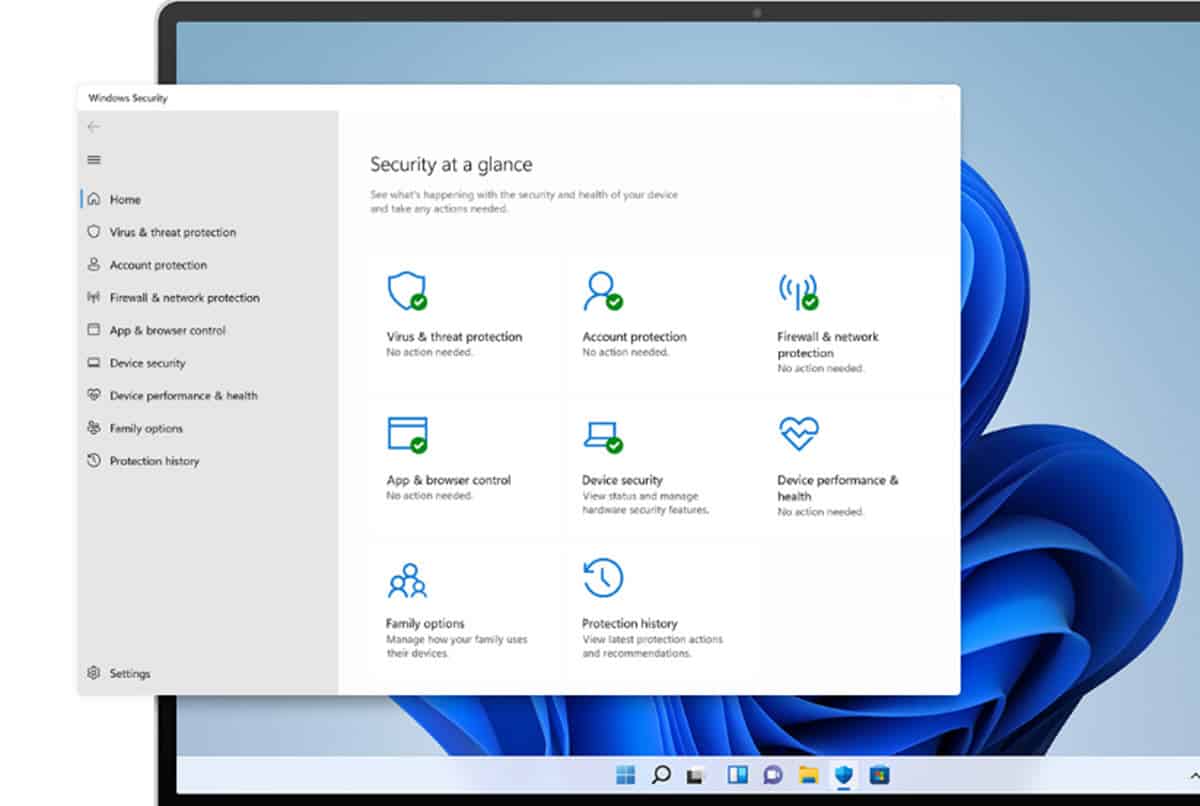
It is likely that your computer is slow, you have opened the Task Manager in search of the cause and you end up wondering what is MsMpEng.exe? The processes that run in Windows and we see in this area of the system are usually a pretty delicate matter. Therefore, we must be well aware of it before carrying out any action. In that sense, here we will tell you everything you need to know about the enigmatic MsMpEng.exe.
It is common for us to associate the excessive consumption of Windows resources with malicious processes, however, this is not necessarily the case. This is precisely the case that we are responsible for explaining today.
What Is MsMpEng.exe?
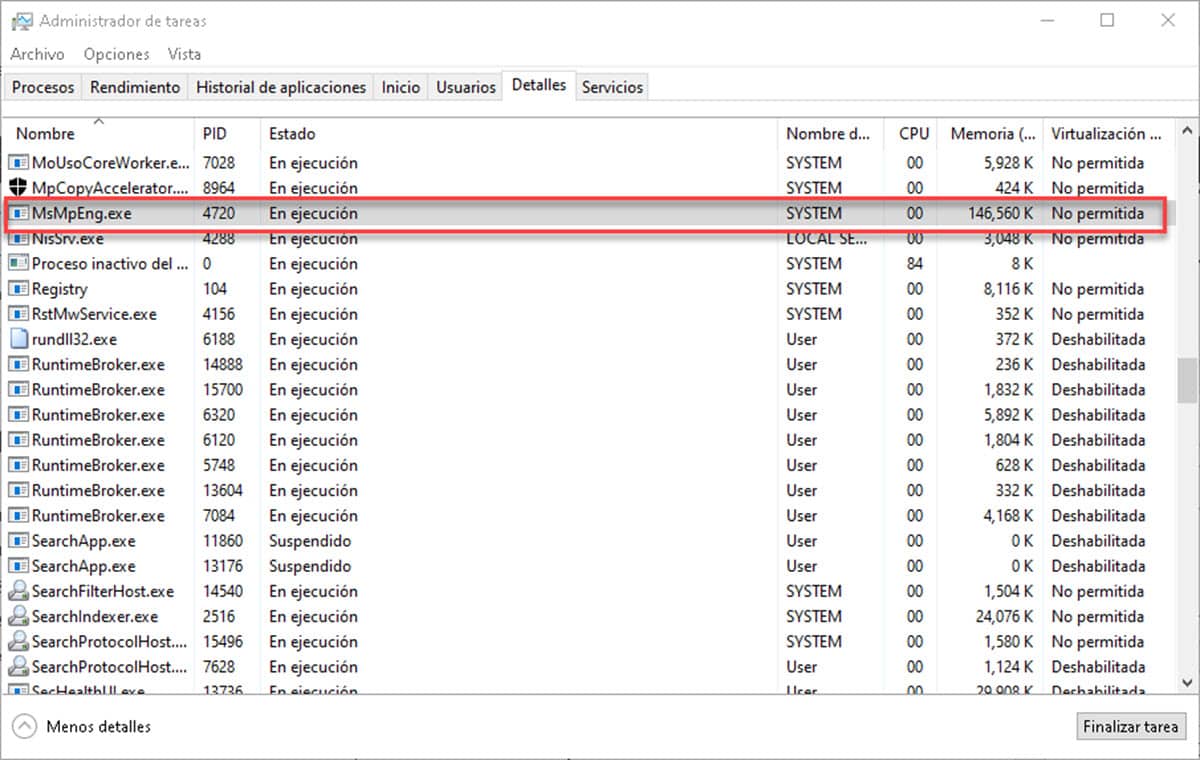
Contrary to what it may seem due to its excessive consumption of resources, MsMpEng.exe is a core process of Windows Defender, the native antivirus solution. This is the reason why it is so delicate to make the decision to end processes with little information about it. Stopping MsMpEng.exe can bring stability problems to the system, in addition to putting it at risk because it is an antivirus component.
This executable is the one that is responsible for starting the scan of the Windows directories, in order to find threats. In that sense, if you have discovered that it consumes too much CPU or RAM, it is important to solve it immediately.
Why does MsMpEng.exe consume so many resources?
The reality is that this process should not drain the resources of a computer until it slows it down. Nevertheless, The root of the problem is that Windows Defender is not very friendly to computers with less than 8GB of RAM. That is why, when executing the scan of the directories, the computers are left with less than 80% of CPU and available Memory.
In case your computer exceeds 8GB of RAM and you have problems with this process, we will give you some alternatives that will surely solve it.
5 solutions so that MsMpEng.exe does not drain your resources
If your computer is slow and you have verified that this Windows Defender process is the culprit, we leave you a list of 5 options that will solve the problem.
Replace Windows Defender
The first option and perhaps the friendliest for those who do not have computers with enough memory and CPU is to use an antivirus that is different from the native one. In the market there is an excellent range of solutions that we can use to protect the system and that are also lightweight. If you want to be more sure when making a decision, the performance test of AV Comparatives is a good guide.
Based on it, we can recommend 5 antiviruses that will not take over your resources:
- Avast Free Antivirus 22.3.
- AVG Free Antivirus 22.3.
- Avira Prime 1.1.
- Bitdefender Internet Security 26.0.
- SET Internet Security 15.1.
Apply exclusions on some directories
Windows Defender, like any other antivirus, provides the ability to exclude folders and files from the scans it performs. This can be the great solution for the resource consumption of MsMpEng.exe, considering that it is the executable of the program scans.
You will be wondering which directories to exclude and it is simple, focus on the largest ones. It is very likely that Windows Defender spends too much time on these types of folders, so excluding them can reduce the scan time and therefore the slowdown.
To achieve this, click on the Windows Defender icon on the taskbar and this will bring up a window.
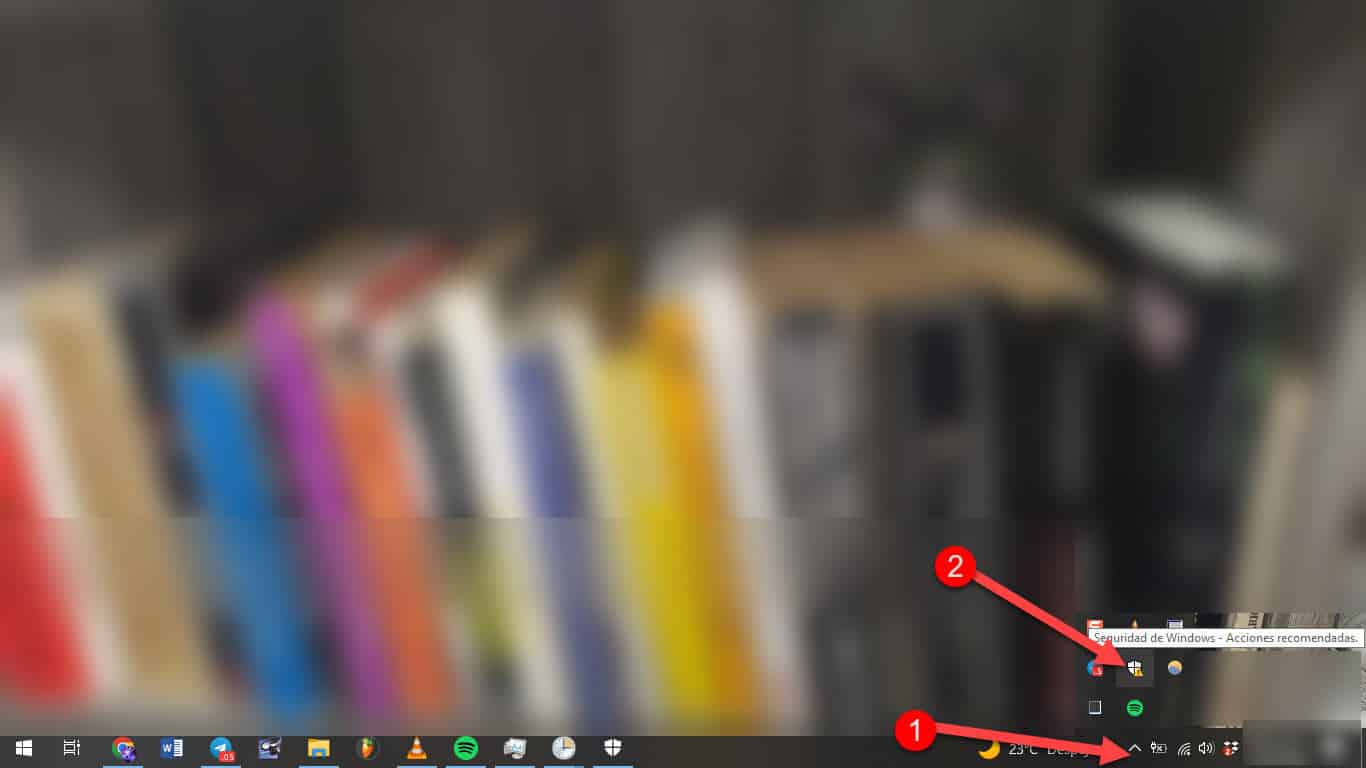
Go to the “Virus and Threat Protection” section.
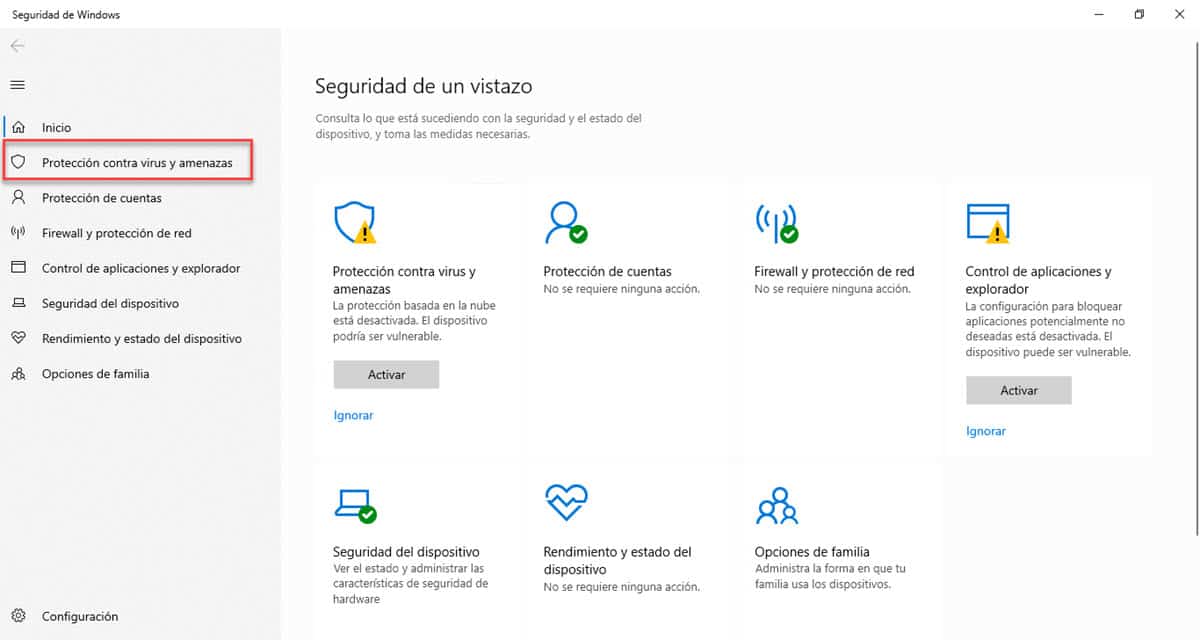
Scroll down to “Virus & threat protection settings” and click “Manage settings”.
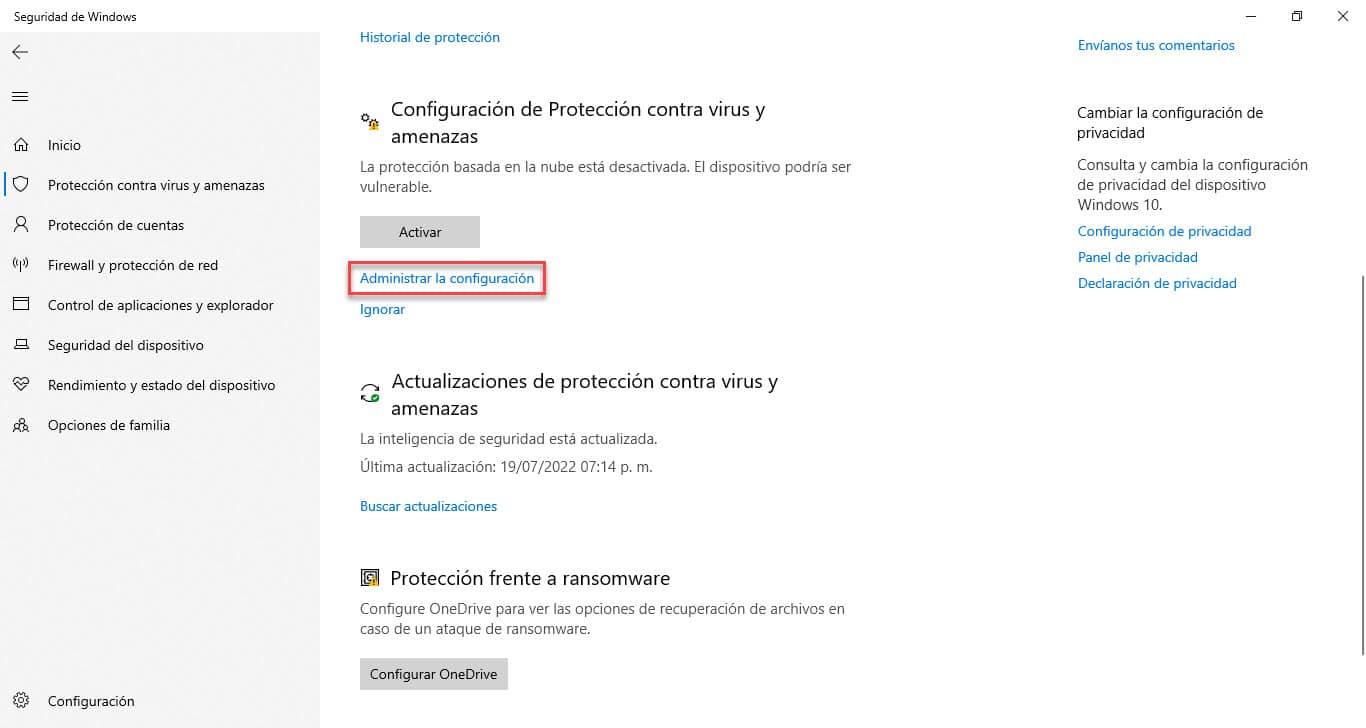
Scroll to the bottom and you will see the “Exclusions” section and the link to add or remove exclusions. Click it and select the directory from the Windows Explorer window.
This is also an excellent solution for those computers with low CPU and RAM availability.
Change the scan schedule
If you have noticed that the slowdown appears right when the Windows Defender scan is in process, then you can change the run time to one where you are not using the computer. This will prevent excessive consumption of antivirus resources when you are working and will maintain security as long as it is running.
To get started, press the Windows+S key combination and type Task Scheduler. When it shows up in the results, click.
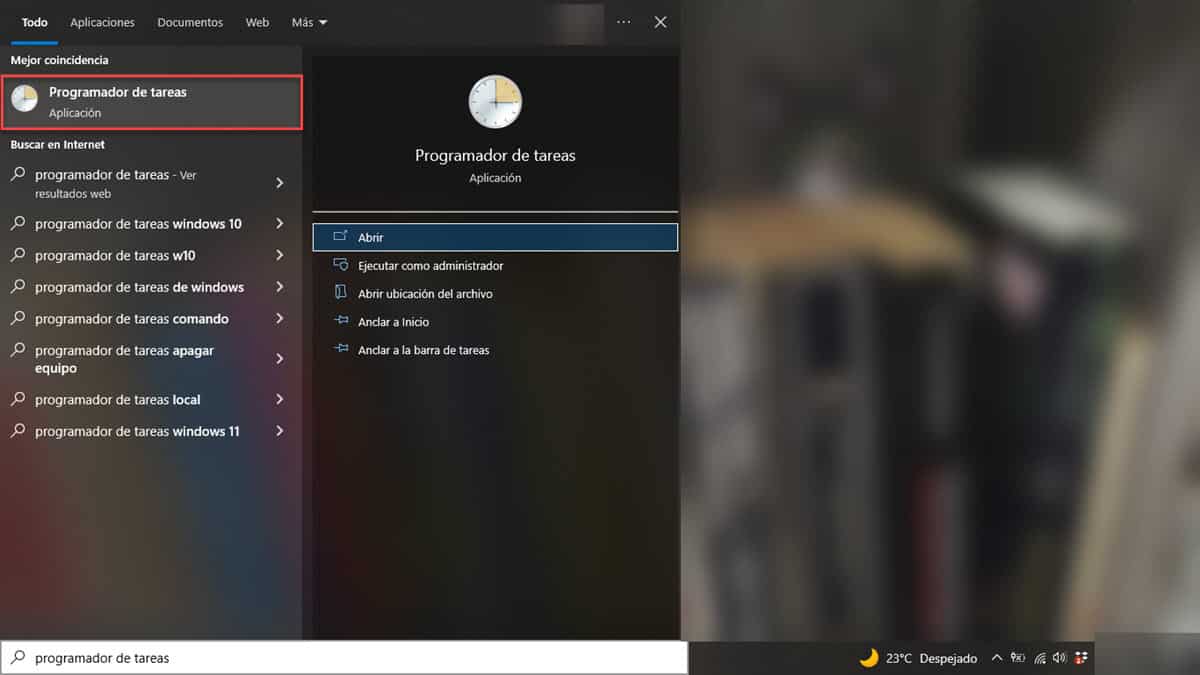
Now, open the Task Manager Library on the left sidebar. This will display some directories, you should follow the path: Microsoft/Windows/Windows Defender.
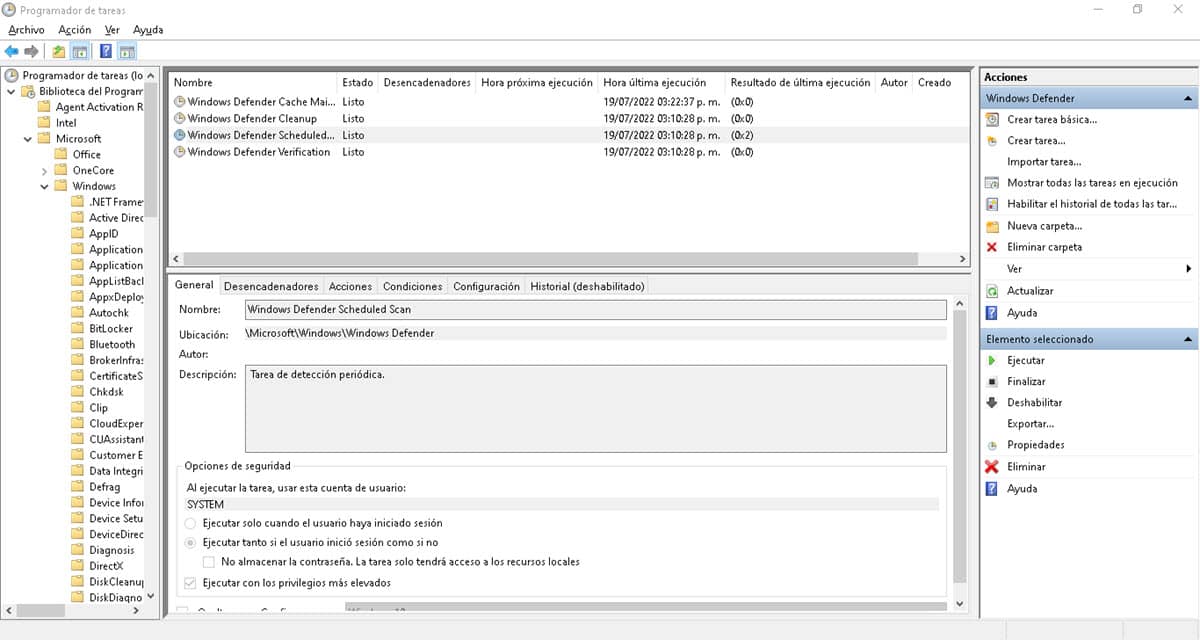
When you click on Windows Defender, you will see on the right side all the scheduled tasks of the application. You must repeat the following steps with all:
Right click and go to “Properties”.
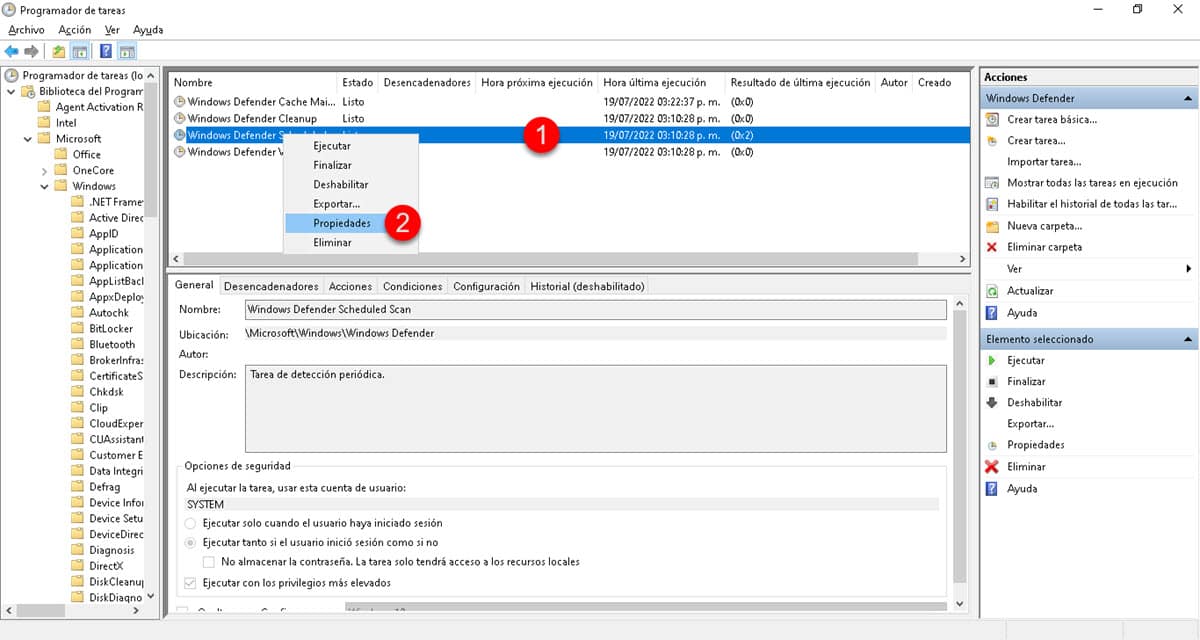
Go to the “Conditions” tab and check the boxes:
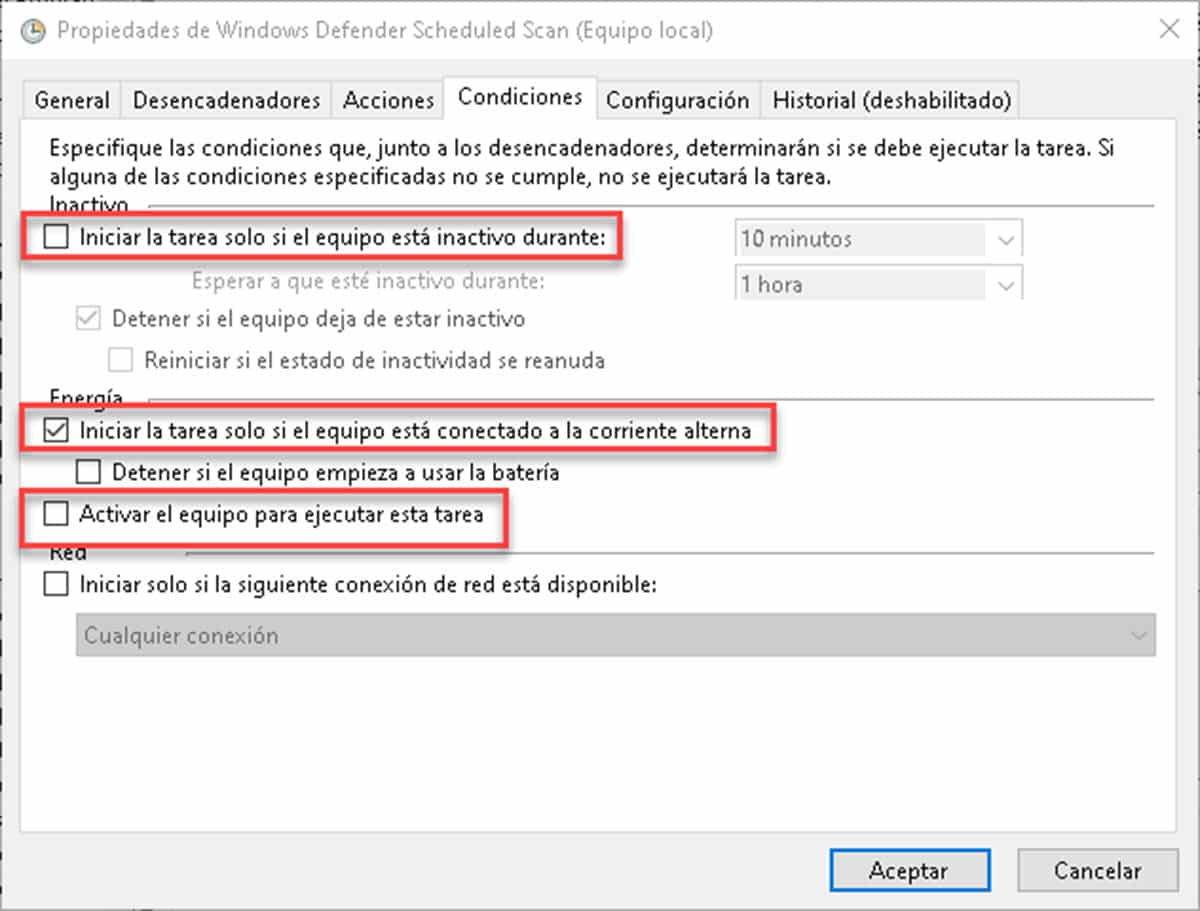
- Start the task only if the computer is idle for.
- Start the task only if the computer is connected to AC power.
- Activate the computer to run this task.
Then, go to “Triggers” and click on “New”.

A pop-up window will be displayed where you can define the exact moment in which the analysis will be carried out. Our recommendation is that you program it at least weekly, however, you can also define it daily.
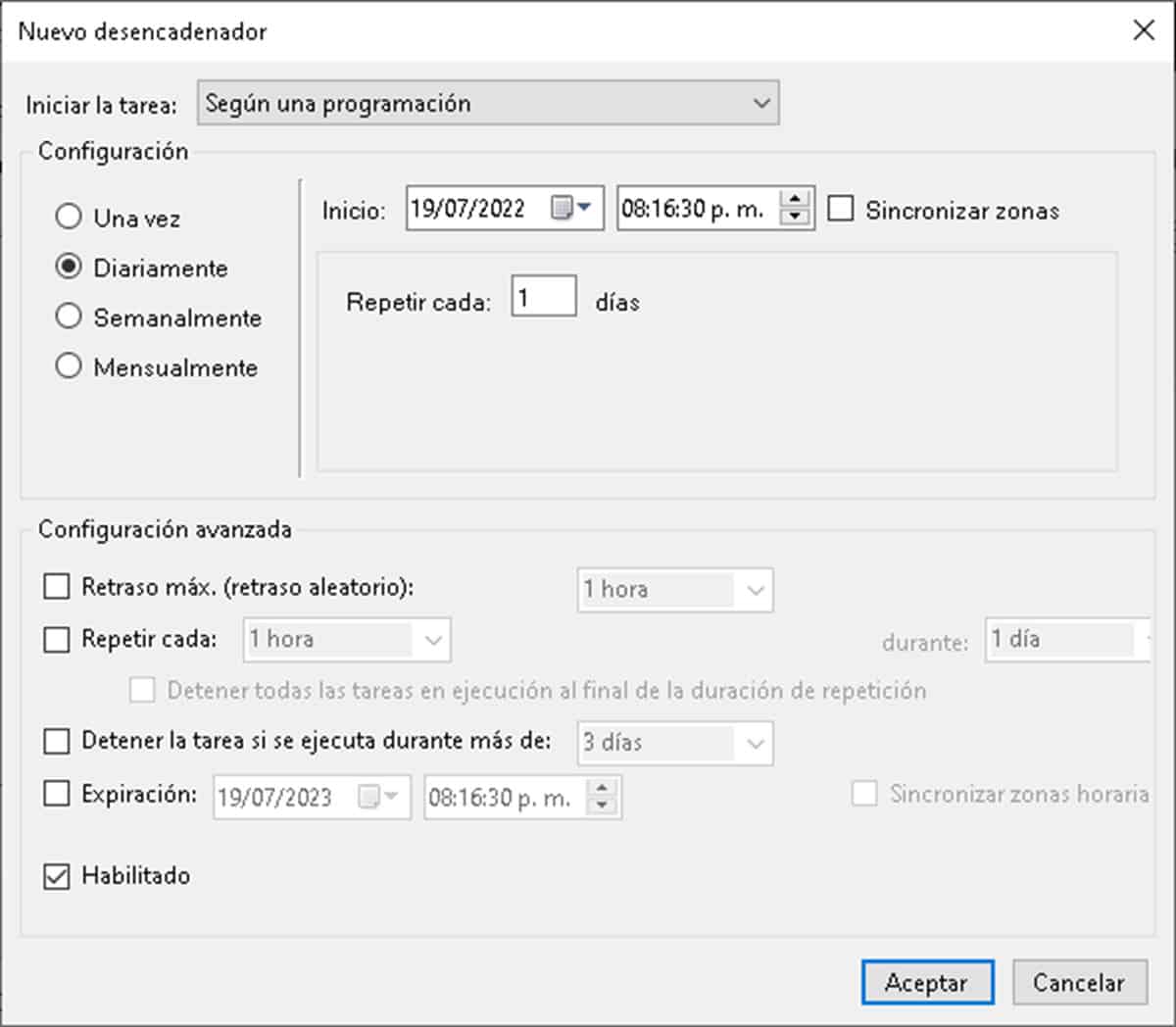
The idea is that you select a time when you are not using the computer.
Increase the RAM of your computer
When resources are not enough, increasing them is a good solution, although it requires investment. If you started out not knowing what MsMpEng.exe is and now understand that your problems stem from a lack of Memory and CPU, you can easily upgrade the former. Taking the computer to a minimum of 8GB or more can guarantee good performance with processors, even second generation.
Disable Windows Defender
Our last alternative is also the least recommended, unless you are an intermediate-advanced user. Disabling the antivirus also implies having a dynamic of conscious use of the computer. In it, we must pay attention to the storage devices that are connected, the files that we download and execute and the pages that we visit.
With sufficient criteria to define which portals you enter and the files you download, then you can take this option. To do this, go into Windows Defender and turn off the "Real-time protection" control.